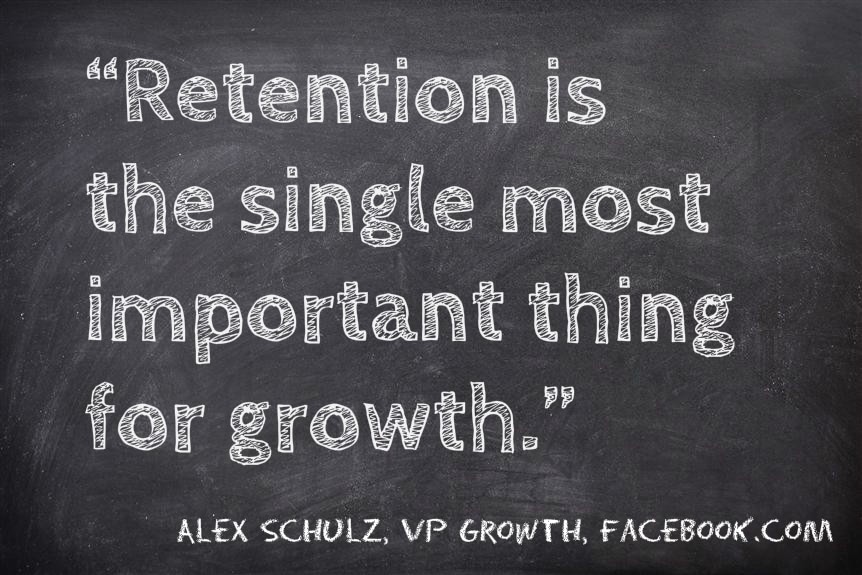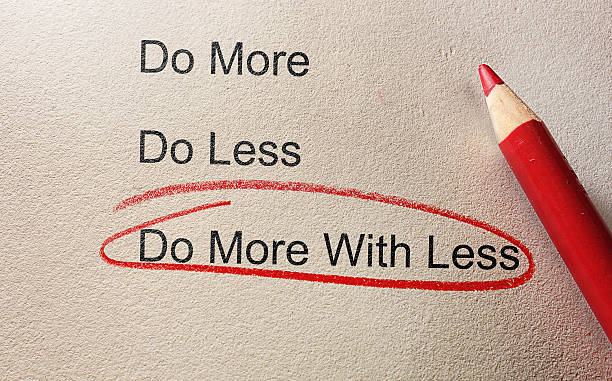Customer Success in Times of Economic Turmoil
We spent the last decade selling the value of customer success as a growth engine for our businesses.
We implemented metrics that connect directly to our ability to expand revenue. We trained our CSMs to be more like growth consultants and less like product experts. We remodelled our compensation models to reward the growth created by the CS organisation. We moved Customer Success from a cost centre to revenue-generating activity in our balance sheets.
We rode the growth brought by the bull market. We established Customer Success as a core pillar of any respectable growth strategy.
But to focus solely on growth today is to be tone deaf to the economic turmoil afflicting our customers.
Two years into the most severe pandemic of the last century, we are all feeling the economic shock. If you work in technology, you might have been sheltered from the initial COVID-19 financial impact. But, we are all starting to feel the pains of diminishing economic growth and soaring prices. There is a real sense of anxiety with LinkedIn timelines filled with job losses and fear of recession.
As customer success professionals this time can bring about an identity crisis.
- Who are we if we are not smashing the Net Revenue Retention Targets?
- What is our value if we can’t generate upsell and cross-sell opportunities?
- What is our role when all the customer wants to discuss is cost cutting?
If those are questions that are afflicting you, directly or indirectly, you are not alone. We are all feeling the pinch. It’s hard to know that you are doing a good job when the main source of success and praise of the last few years goes away.
Was growth hiding lapses in customer retention?

Whether you lead a large team and millions in revenue, or you are a CSM with only your book of business to manage, it’s important that you go back to the core of customer success: retention.
While many companies have continued to monitor churn, many CSMs are no longer measured and incentivised on pure churn metrics. As an industry, we see this as the “bare minimum”. As it should be seen. The issue is that by disconnecting the team on the ground from churn, we might have started to build some bad habits.
When you can make up for customers cancelling with customers upselling, it might seem like a better use of time to over-invest it in your “cash-cows”, and leave other customers under-serviced. In the short term, this behaviour looks good. The NRR increases and everyone is happy.
Long term, this strategy is bound to hurt you.
So how is your churn number looking right now? Did it stay strong over the last 12 months or did it dip? Are you ahead of the company average or below? Start here. Understand whether retention is a challenge for you. And if it is, get down to work.
Find the causes of retention challenges and address them. If possible, at scale. Looking back at the previous 6 months will help you map the anatomy of a churn-prone customer and to address the common causes of failure. And if you haven’t gathered “churn reasons” in the past, maybe an exercise for your CSMs is to do a postmortem in all their accounts of the last 6-12 months.
Create easy-to-use playbooks, CSM/Sales enablement, additional services, product features that customers have been begging for etc.
Don’t be discouraged if you find that there is no pattern.
There is a portion of customers that will always churn, no matter how much engagement, time and effort you put in. You will not retain every single customer. It’s healthy to accept this reality. It doesn’t mean you cease investing in their success. It simply allows you to be kind to yourself when those happen.
A future-focus look at your retention
Looking at the past will only tell you so much. Today’s economic situation is different from last years. Next year will be different once again. That’s why it’s important to truly understand your leading indicators.
The best indicator of a customer’s likelihood to stay continues to be product usage. I am yet to see an organisation where high product usage doesn’t positively correlate with retention.
We already talked about the inevitable churns. Customers that no matter what you do and how much you invest in them, don’t see success. The likelihood is that their product usage is very low too. If they were engaging with the product, but not getting everything they need, they would probably be actively engaging with the CSM, community, knowledge base etc. But guess what? They are likely silent.
To parse out the “silent because I have everything I need” from the “silent because I am not seeing results”, look at the product usage data. Your goal should be to get to understand the book of business and build a future forecast model where these risks are mapped out, and fully understood. And most importantly, you have actions to engage and drive product adoption.
Your “cash-cow” customers have all your time and attention today, they are flying and seeing the results. Their product usage is through the roof. They are less likely to leave because your product is embedded in their organisation.
These customers might max out on growth, or decide to maintain or cut costs due to the economic situation. But they won’t leave.
This is especially true if your pricing model doesn’t increase the cost of services based on usage expansion. And depends instead, on the customer buying more products to solve new problems.
For these customers, you should listen carefully to what is happening in their organisation. You can still upsell and cross-sell here if it’s appropriate. But it’s important not to be tone deaf by trying to increase costs when the executive sponsor is telling you they are cutting costs.
In this case, unless they have explicitly discussed a challenge that you can solve with a new product, or you have a compelling argument of how buying more will help them increase revenue or efficiency, don’t do it. It will hurt your relationship.
What you are left with is the middle of your install base. This is where most retention risks and opportunities lie.
These customers’ renewals can go either way. They are seeing moderate success or moderate failure. Not enough to kick a fuss. But not enough to defend your product as a key element of sustaining success.
They are likely the people who you are always happy to help, but who due to how their business was growing over the last years, stayed behind on the priority list than some of your more growth-abled customers. It’s time to pour your love here.
Map who these customers are, do a review of their usage and understand what the gaps are. Who is likely at higher risk. Prioritise engaging with these accounts. Especially those close to renewal.
Focus on improving their product usage. Don’t try to sell them anything else if they haven’t even gotten results from the product they already have.
This type of work will pay future dividends in the form of retention.
Customers want to do more with less

In this climate, if companies are not actively cost-cutting, they are looking at resource efficiency. In other words, everyone wants to sweat their resources.
Your customers will be no different. So it’s time to get back to basics.
Don’t assume you know your customer’s goals if you haven’t discussed them in the last 3 months. Priorities are shifting quickly, it’s important for you to re-group with them and understand where they are at in the short term.
Unless you understand what they want to get done, you cannot help them improve resource efficiency. All you will be doing is spamming them with features and use cases. Nobody has time for that.
Get the strategy call on the calendar. Make sure the right stakeholders are there. Let them know that this isn’t a simple “check-in”, that it’s a time to understand how your company can step up and support them in this new landscape.
You can add value immediately by bringing industry knowledge. Showing them how similar companies in their industry are using your products can help them understand how they can level up and do more, with less.
Are we partners, or, are you my vendor?
If your customers are hurting, you will hurt. If your customers are growing, you will grow.
That’s what customer success means.
It’s what true skin in the game looks like.
Many of your customers might be reaching out asking for financial help. Whether this is to get longer payment timelines, higher discounts, or even downgrading by eliminating products and add-ons that they are not using. Some of those customers are even having to lay off parts of their teams.
This is a chance for you to show your customers you are here with them for the long term.
That this whole time, you telling them you are partners, is not just lip service.
If your product is essential to their infrastructure, they will need you to weather the storm. Don’t take disproportionate advantage of this. Customers don’t forget the times when they needed help and you exploited them. They despise you for it. They get angry and make plans to leave as soon as they can.
Once you break that trust, it’s hard to rebuild it again.
How do you solve this?
Create levers that your customer success team can use in order to delight customers who are experiencing financial difficulties. Give CSMs a level of power over how they help good-fit customers in financial strain, and continue to use your product. Don’t make it difficult for them to deploy these levers when needed.
–
TL’DR: Focusing on product usage that increases resource efficiency and offering financial aid for a small period might just be the key to how your customer success team helps the business weather the storm.